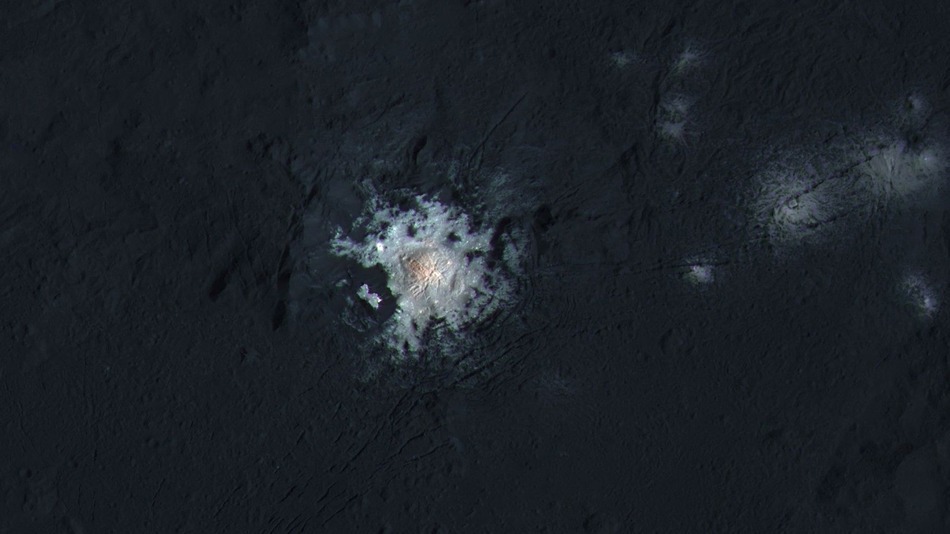-
Tips for becoming a good boxer - November 6, 2020
-
7 expert tips for making your hens night a memorable one - November 6, 2020
-
5 reasons to host your Christmas party on a cruise boat - November 6, 2020
-
What to do when you’re charged with a crime - November 6, 2020
-
Should you get one or multiple dogs? Here’s all you need to know - November 3, 2020
-
A Guide: How to Build Your Very Own Magic Mirror - February 14, 2019
-
Our Top Inspirational Baseball Stars - November 24, 2018
-
Five Tech Tools That Will Help You Turn Your Blog into a Business - November 24, 2018
-
How to Indulge on Vacation without Expanding Your Waist - November 9, 2018
-
5 Strategies for Businesses to Appeal to Today’s Increasingly Mobile-Crazed Customers - November 9, 2018
NASA releases jaw-dropping images of Ceres bright spots
NASA’s Dawn spacecraft is finally giving scientists on Earth a truly close up view of the dwarf planet Ceres’ distinctive bright spots, and they remain stubbornly mysterious.
Advertisement
Scientists with NASA’s Dawn mission released new, up-close photos of Ceres on Tuesday at the Lunar and Planetary Science Conference in Texas. The latest images, captured from a height of just 240 miles, reveal that the brightest spot is a fractured dome sticking up from 57-mile-wide Occator Crater.
The latest close-ups show that one of the “spots” is a dome at the center of the pit, with fractures and other linear features crisscrossing over its top and sides.
“Before Dawn began its intensive observations of Ceres a year ago, Occator Crater looked to be one large bright area”, said Jaumann in a press release.
Dawn team leader Ralf Jaumann referred to the planet’s “complex features” that provide “new mysteries to investigate” in a statement.
The car-sized Dawn spacecraft has been circling Ceres, the biggest mini-world in the solar system’s asteroid belt, for just more than a year. The deformities suggest the area was geologically active in the recent past.
Along with “highlighting the diversity of surface materials and their relationships to surface morphology”, Dawn’s lowest-altitude orbit also collected more detailed data on Ceres’ neutron count and Oxo Crater, a young feature on Ceres where water has been detected. As hydrogen is a principal constituent of water, water ice could be present close to the surface in polar regions. An enhanced color map of Ceres reveals a geologically complex surface.
“False-color images of Haulani show that material excavated by an impact is different than the general surface composition of Ceres”. These findings, NASA said, also provide evidence that the subsurface is rich in ice and volatile minerals. The instrument, which began acquiring its primary data set in December, searches for neutrons and gamma rays produced by the interaction of cosmic rays with surface materials, and should be able to determine the chemical makeup of the uppermost layer of the regolith, the agency noted.
She explained that the fact that the materials are so diverse possibly implies either that Ceres has a mixed layer underneath or that the impact triggered certain changes in the properties of the materials.
The Dawn Mission used its Gamma Ray and Neutron Detector (GRaND) to measure Ceres’ elemental composition. “We conclude that Ceres must have accreted material from beyond the “snow line”, which is the distance from the Sun at which water molecules condense”. “By comparing Ceres with Vesta, we’ll glean new insights about the early solar system”.
Ceres’ bright spots lie inside Occator crater, named for the Roman deity of harrowing.
Advertisement
Dawn will continue to observe the dwarf planet in the hope of uncovering even more scientific data.




























